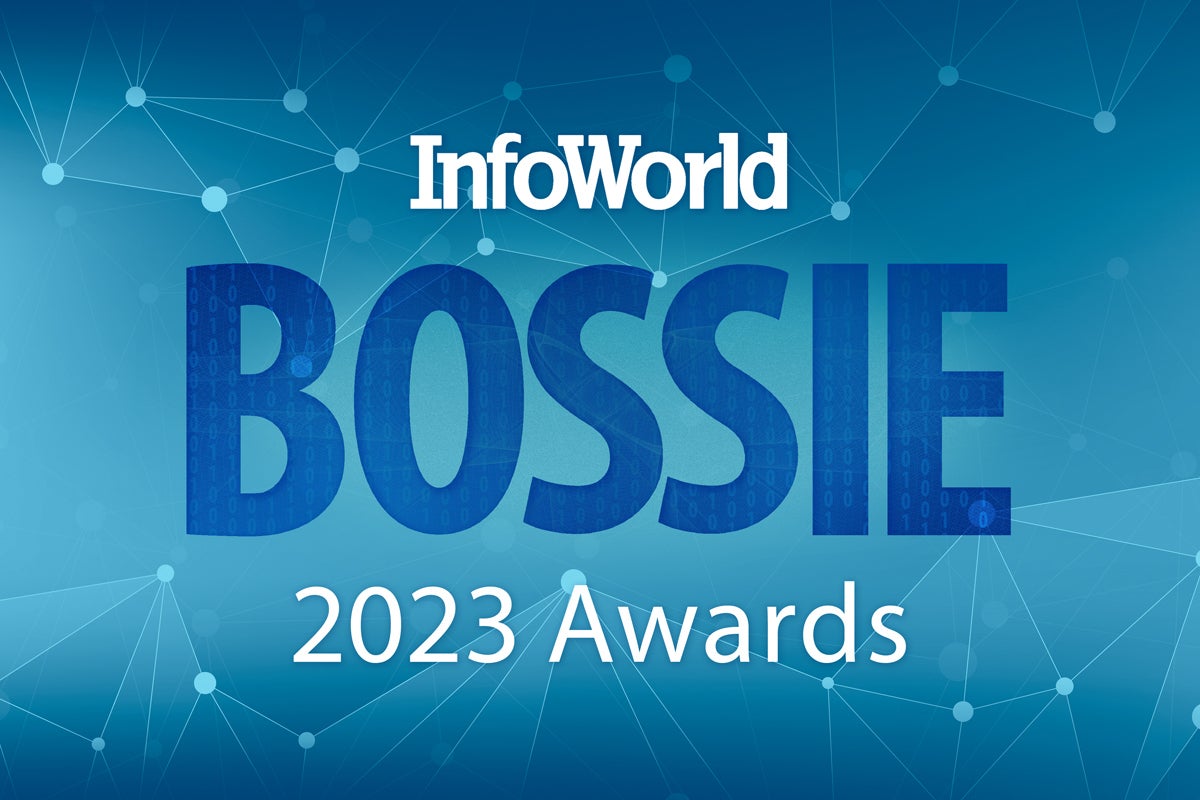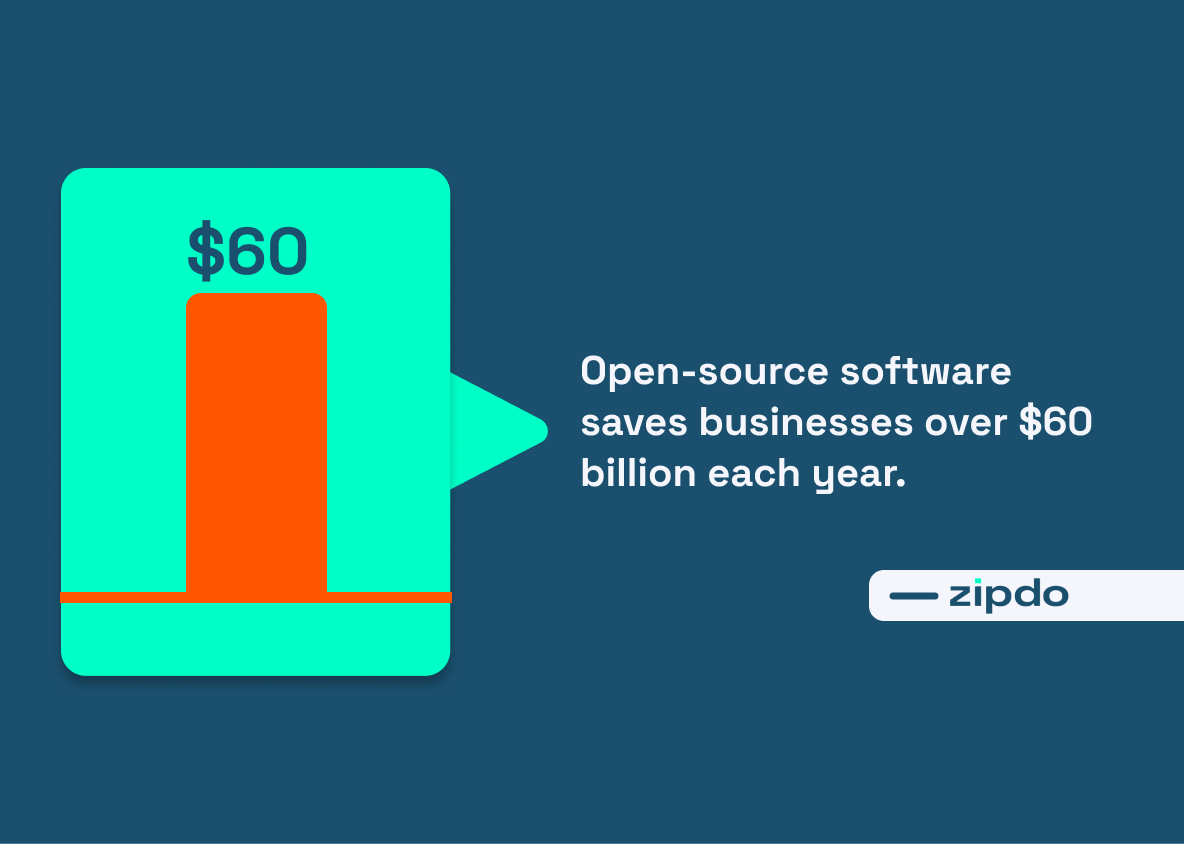As we enter the year 2023, the world of open-source software continues to evolve and innovate at a remarkable pace. The demand for reliable and efficient software solutions has never been higher, making it essential to unveil the best open-source options available. To stay ahead of the game, organizations and developers are constantly seeking out the most cutting-edge software that can meet their diverse needs. So, what are the standout open-source software solutions that are set to make a significant impact in 2023?
Over the years, open-source software has played a pivotal role in driving technological advancements across various industries. With its collaborative nature and transparent code, open-source projects have gained popularity for their cost-effectiveness, flexibility, and ability to foster innovation. In 2023, the significance of open-source software is expected to continue its upward trajectory, with an estimated 80% of enterprises embracing open-source solutions to accelerate their digital transformation initiatives. Moreover, with the growing concern over data privacy and security, open-source software offers a viable solution, allowing organizations to have full control over their software and customize it to their specific requirements.

Exploring the Top Open-Source Software for 2023
Open-source software has become a popular choice for many individuals and organizations due to its flexibility, cost-effectiveness, and collaborative nature. With the ever-growing demand for innovative and reliable software solutions, the open-source community continues to thrive, constantly developing and improving software across various domains. In this article, we will unveil the best open-source software for 2023, providing valuable insights and recommendations for experts seeking to enhance their digital toolkit.
Before diving into the details, it’s important to understand what open-source software is. Essentially, open-source software refers to programs whose source code is accessible to anyone and can be modified, studied, and distributed by users. This collaborative approach allows for continuous improvement and customization, making open-source software an attractive option for developers and users alike.
One prominent open-source software in 2023 is the Linux operating system. Linux is widely regarded as one of the most stable and secure operating systems, powering a significant portion of the internet and a vast array of devices. With its customizable nature and robust security features, Linux provides users with freedom and reliability, making it a top choice for businesses and individuals.
Exploring Open-Source Web Development Tools
The field of web development is constantly evolving, demanding versatile tools and frameworks to create dynamic and user-friendly websites. Open-source web development tools offer developers the flexibility and adaptability needed to build innovative web solutions. Let’s dive into some of the best open-source web development tools for 2023:
1. WordPress
WordPress has established itself as one of the leading content management systems (CMS) for website development. Its user-friendly interface, extensive plugin library, and customizable themes make it an ideal choice for beginners and experienced developers alike. WordPress empowers individuals and businesses to create stunning and functional websites without the need for extensive coding knowledge or expertise.
The vast open-source community behind WordPress continually develops and updates plugins, ensuring that websites built with WordPress benefit from the latest features and security enhancements. Additionally, WordPress offers a range of SEO-friendly features, allowing developers to optimize the website’s visibility and performance in search engine results.
Whether you’re creating a personal blog, an e-commerce site, or a corporate website, WordPress provides the tools and resources needed to bring your vision to life.
2. React
React is a popular JavaScript library for building user interfaces. Developed and maintained by Facebook, React has gained significant traction in the web development community due to its simplicity, flexibility, and performance. With React, developers can create reusable UI components, leading to efficient and maintainable code.
The open-source nature of React encourages collaboration and the sharing of reusable components, which saves developers time and effort. React’s virtual DOM (Document Object Model) allows for efficient updating of the user interface, resulting in fast and seamless user experiences. Additionally, React Native, a framework derived from React, enables developers to build mobile applications using the same principles and codebase as React.
Whether you’re building a simple website or a complex web application, React provides a powerful and scalable solution.
3. Angular
Angular is a comprehensive open-source framework for building web applications. Developed by Google, Angular boasts a robust set of features and tools that facilitate the development and maintenance of large-scale applications. With Angular, developers can leverage its powerful template system, dependency injection, and built-in testing capabilities.
One of the standout features of Angular is its ability to create single-page applications (SPAs), where the entire application is loaded once, and subsequent interactions are handled by dynamically updating the page content. This approach leads to improved performance and a more fluid user experience.
Thanks to its well-established ecosystem and active community support, Angular continues to be a top choice for developers working on ambitious web projects.
Exploring Open-Source Data Science and Machine Learning Tools
Data science and machine learning are rapidly growing fields that require advanced tools and libraries to analyze and extract insights from vast amounts of data. Open-source software plays a crucial role in this domain, providing researchers and practitioners with the necessary resources to perform complex computations and build predictive models. Here are some of the best open-source data science and machine learning tools for 2023:
1. Python
Python is a versatile programming language that has gained immense popularity in the data science and machine learning communities. Its simplicity, readability, and extensive library support, including libraries like NumPy, Pandas, and scikit-learn, make it an ideal choice for data analysis and machine learning tasks.
Python’s open-source ecosystem provides a wealth of tools and libraries specifically designed for data science, making it easier to manipulate, visualize, and model datasets. Whether you’re cleaning and preprocessing data, training machine learning models, or performing statistical analysis, Python offers the flexibility and power needed to tackle complex data-driven projects.
In addition to its scientific computing capabilities, Python’s simplicity and extensive documentation contribute to its rapid adoption in the data science community.
2. TensorFlow
TensorFlow is an open-source library developed by Google for numerical computation and machine learning. This powerful framework provides a flexible ecosystem for building and deploying machine learning models, catering to a wide range of applications, including image and speech recognition, natural language processing, and recommendation systems.
TensorFlow’s strength lies in its ability to handle large-scale computational tasks efficiently, utilizing both CPUs and GPUs. Its high-level APIs, such as Keras, simplify the process of building and training machine learning models, while TensorFlow’s core functionality allows for fine-grained control and optimization.
As machine learning continues to advance, TensorFlow remains at the forefront of the field, empowering researchers and practitioners to push the boundaries of what’s possible.
3. Apache Spark
Apache Spark, an open-source distributed computing system, has gained significant popularity in the data science world due to its ability to process large datasets in parallel across multiple nodes. Spark’s in-memory processing capabilities accelerate data analysis tasks and machine learning algorithms, providing near real-time results.
With support for a diverse set of programming languages, including Python, Scala, and Java, Apache Spark offers flexibility and ease of integration into existing data pipelines. Its extensive library ecosystem, such as Spark SQL for querying structured data and MLlib for machine learning, enhances productivity and simplifies complex data workflows.
Apache Spark continues to be the go-to choice for big data and machine learning projects, enabling organizations to handle large-scale data processing with ease.
Exploring Open-Source Design and Graphic Software
In the realm of design and graphic software, open-source tools have gained traction and recognition for their capabilities and versatility. From professional graphic design to 3D modeling and animation, open-source software offers powerful solutions for designers and artists. Let’s explore some of the best open-source design and graphic software for 2023:
1. GIMP
GIMP, an acronym for GNU Image Manipulation Program, is a popular open-source raster graphics editor that provides a wide range of features for image editing and retouching. With an interface similar to Adobe Photoshop, GIMP offers powerful tools for color correction, image composition, and digital painting, making it a formidable alternative for professional designers and photographers.
Thanks to its extensive plugin system, GIMP can be extended with additional functionalities and workflows, further enhancing its capabilities. The open-source community continuously contributes to GIMP, ensuring regular updates and the development of new features.
Whether you’re creating illustrations, editing photos, or designing web graphics, GIMP provides a robust and versatile platform to bring your artistic visions to life.
2. Blender
Blender is a powerful open-source 3D creation suite that supports the entire 3D pipeline, including modeling, rigging, animation, simulation, rendering, and compositing. With its advanced toolset and capabilities, Blender has gained recognition among professional animators, visual effects artists, and game developers.
Blender’s flexible and customizable interface allows users to adapt the software to their specific workflow needs. Its integration of the Cycles rendering engine enables realistic rendering of 3D scenes, while the built-in compositor facilitates post-processing and effects.
The open-source community actively contributes to Blender, resulting in regular updates, bug fixes, and the development of new features. Blender’s robustness and versatility make it an excellent choice for those working in the field of 3D modeling and animation.
3. Inkscape
Inkscape is a powerful and feature-rich open-source vector graphics editor. This versatile software allows designers to create scalable vector graphics using a wide range of tools, such as shape tools, text tools, and path effects. Inkscape’s native file format (SVG) ensures the compatibility of designs across different platforms and applications.
The clean and intuitive interface of Inkscape makes it easy for users to adopt the software and begin creating vector illustrations, logos, and icons. The open-source community actively maintains and updates Inkscape, ensuring its stability and the availability of new features.
Whether you’re a professional designer or an aspiring artist, Inkscape provides a powerful and accessible platform for vector graphics creation.
Closing Thoughts
The world of open-source software is vibrant and constantly evolving, providing users with a diverse range of powerful tools and solutions. In this article, we have explored some of the best open-source software across different domains, including web development, data science, and design. Whether you’re an expert seeking to enhance your digital toolkit or a beginner looking for accessible and cost-effective solutions, open-source software offers a wealth of possibilities.
As we look towards 2023, the open-source community will undoubtedly continue to push boundaries, develop new technologies, and foster collaboration. Embracing open-source software not only provides access to innovative tools but also allows individuals and organizations to contribute to a global community and make a lasting impact.
Now, it’s time to explore these open-source software options and find the ones that best suit your needs and goals. Get ready to unlock new possibilities and unleash your creativity in the ever-expanding realm of open-source software!
Key Takeaways
Open-source software is freely available and offers numerous benefits.
The best open-source software for 2023 includes Linux, LibreOffice, and GIMP.
Linux is a powerful operating system that is stable and secure.
LibreOffice is a free alternative to Microsoft Office with similar functionality.
GIMP is a versatile image editing software with advanced features.

In conclusion, the year 2023 has brought forth a wide range of impressive open-source software that has the potential to greatly enhance our digital experiences. These tools offer valuable solutions for various needs, from graphic design to cybersecurity.
With applications like GIMP for image editing, VLC for multimedia playback, and KeePassXC for password management, users can take advantage of top-quality software without the need for expensive licenses. Furthermore, the open-source community continues to innovate, ensuring that these offerings stay up-to-date and secure.


